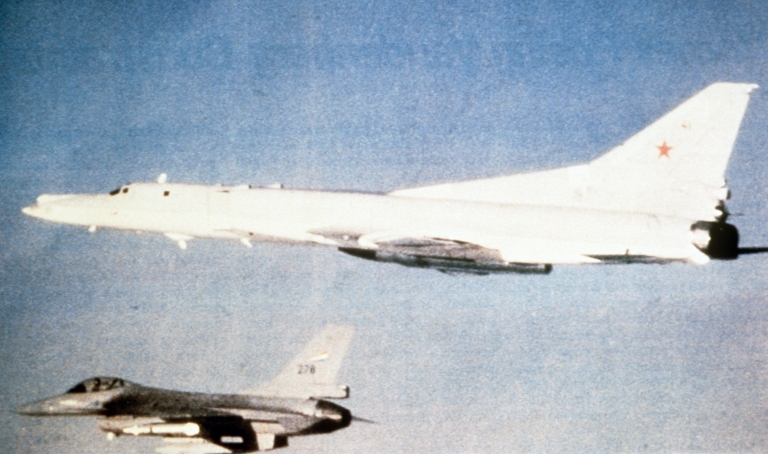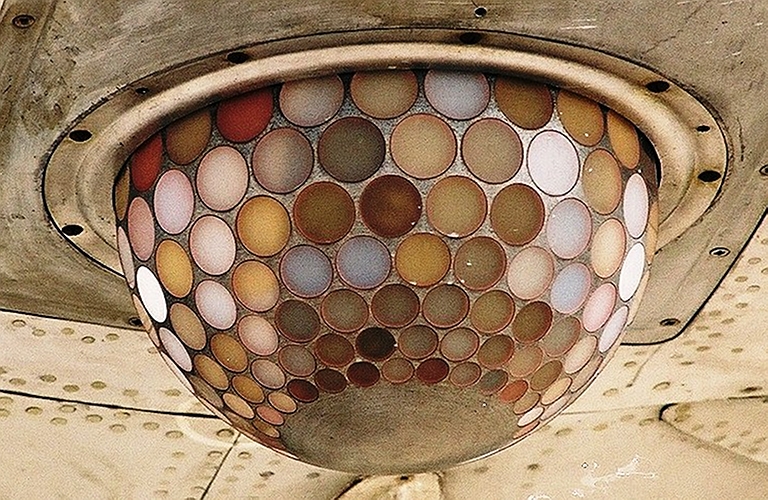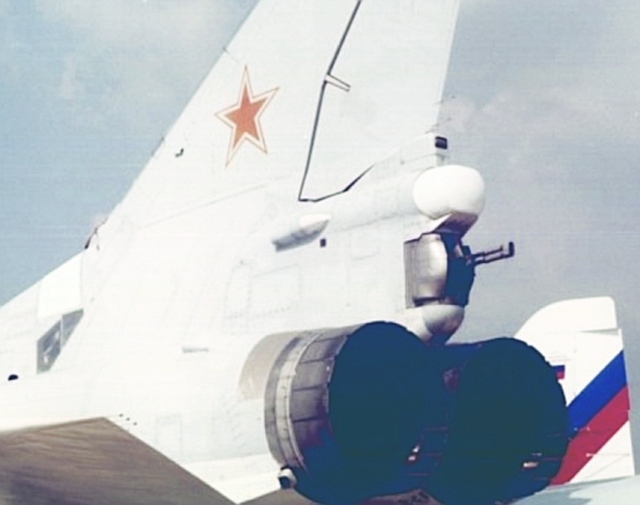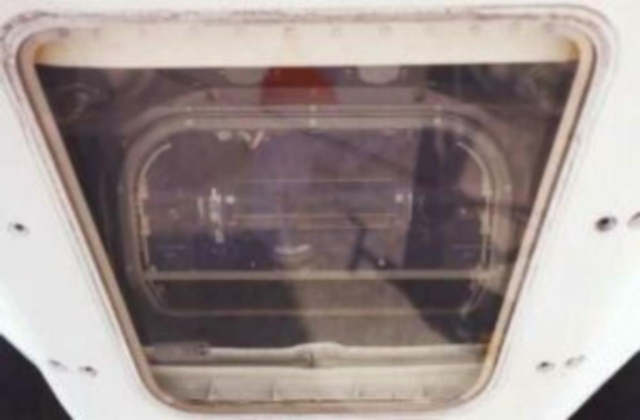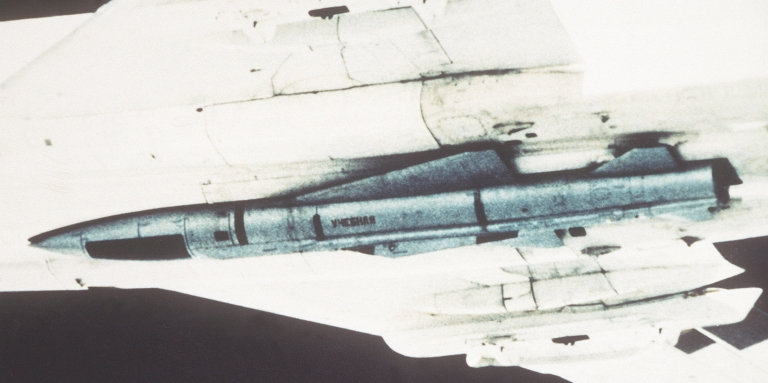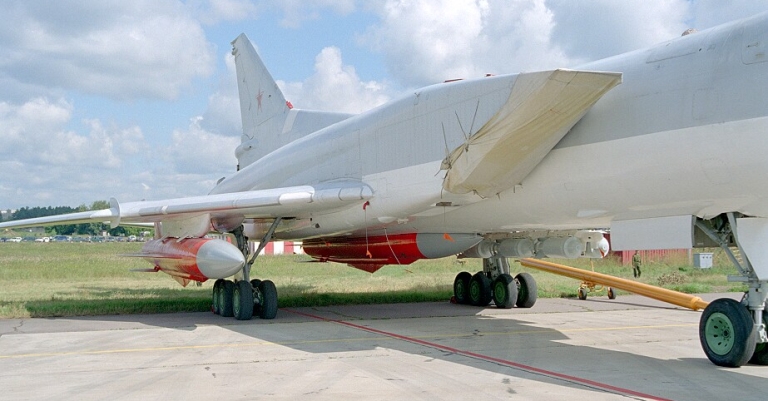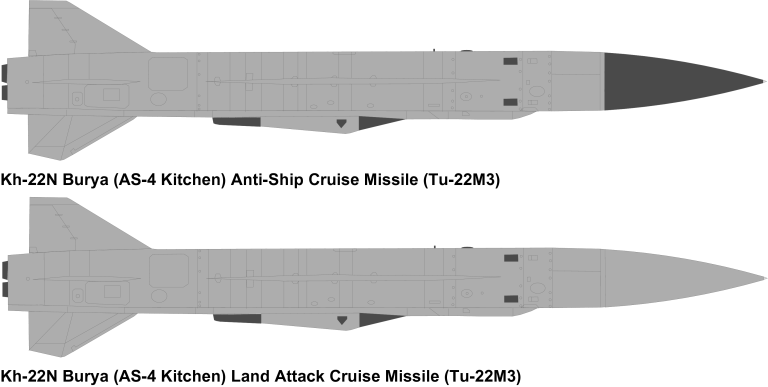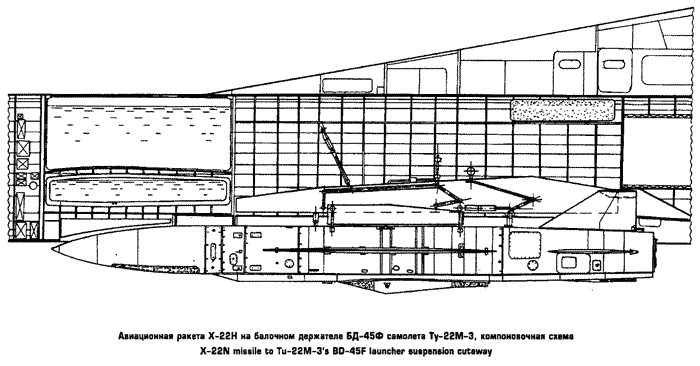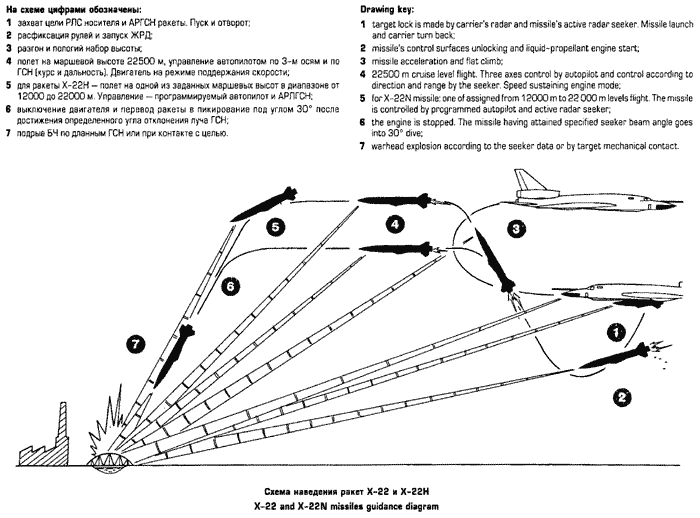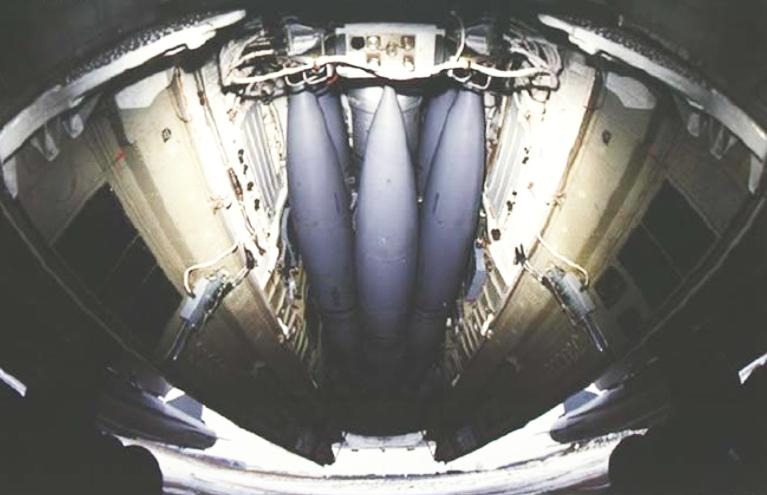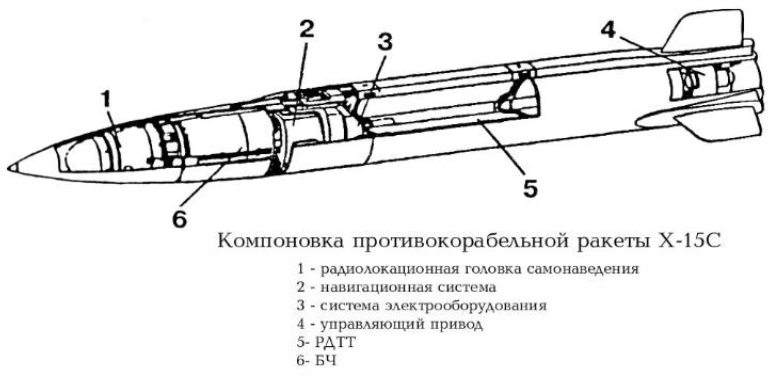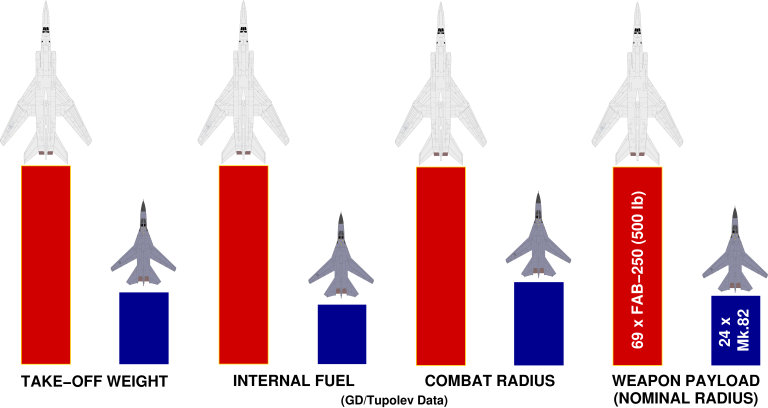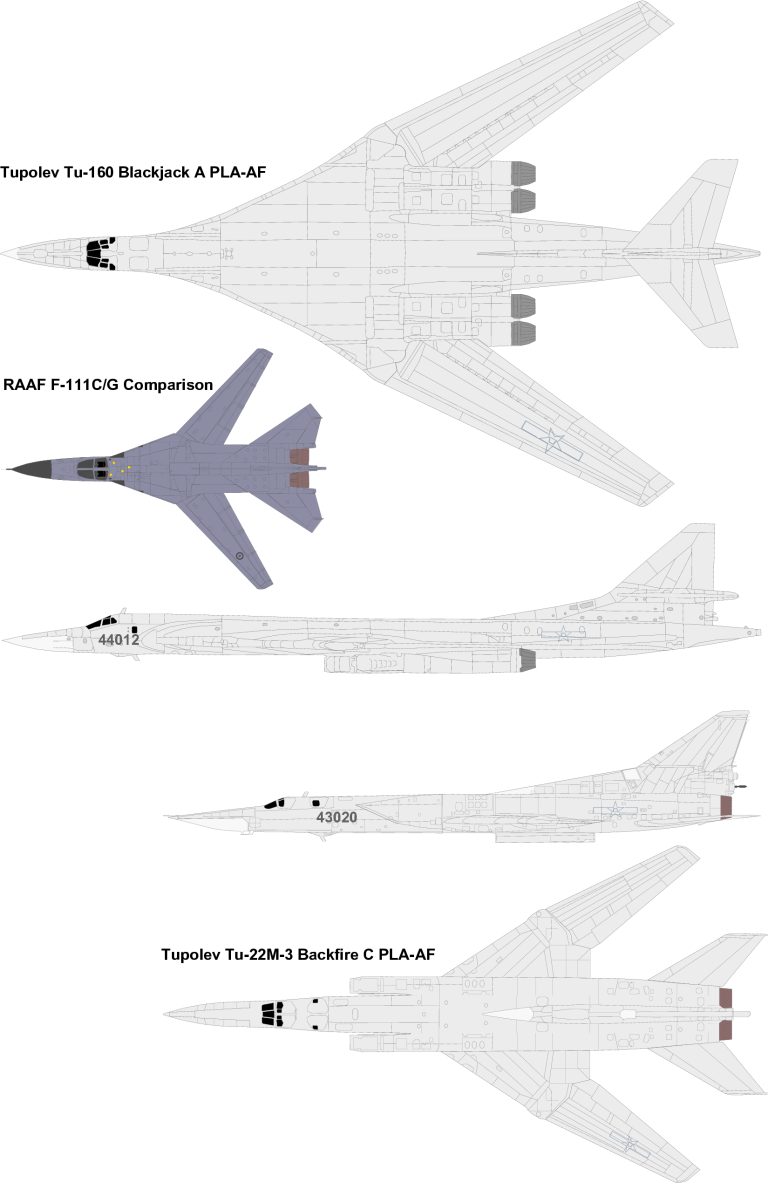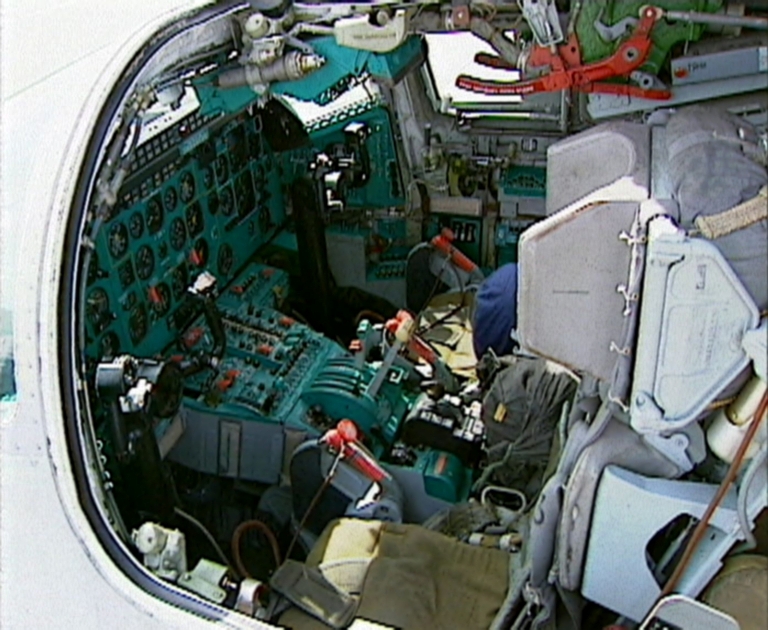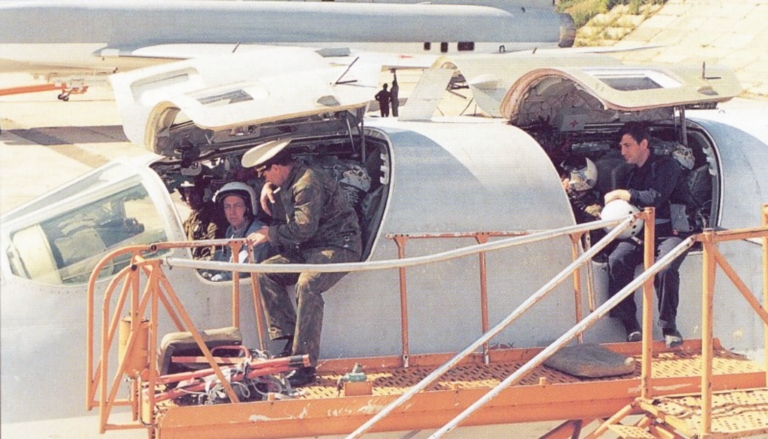|
||||||||||||||||||||||
![Home - Air Power Australia Website [Click for more ...]](APA/APA-Title-Main.png) |
||||||||||||||||||||||
![Sukhoi PAK-FA and Flanker Index Page [Click for more ...]](APA/flanker.png) |
![F-35 Joint Strike Fighter Index Page [Click for more ...]](APA/jsf.png) |
![Weapons Technology Index Page [Click for more ...]](APA/weps.png) |
![News and Media Related Material Index Page [Click for more ...]](APA/media.png) |
|||||||||||||||||||
![Surface to Air Missile Systems / Integrated Air Defence Systems Index Page [Click for more ...]](APA/sams-iads.png) |
![Ballistic Missiles and Missile Defence Page [Click for more ...]](APA/msls-bmd.png) |
![Air Power and National Military Strategy Index Page [Click for more ...]](APA/strategy.png) |
![Military Aviation Historical Topics Index Page [Click for more ...]](APA/history.png)
|
![Intelligence, Surveillance and Reconnaissance and Network Centric Warfare Index Page [Click for more ...]](APA/isr-ncw.png) |
![Information Warfare / Operations and Electronic Warfare Index Page [Click for more ...]](APA/iw.png) |
![Systems and Basic Technology Index Page [Click for more ...]](APA/technology.png) |
![Related Links Index Page [Click for more ...]](APA/links.png) |
|||||||||||||||
![Homepage of Australia's First Online Journal Covering Air Power Issues (ISSN 1832-2433) [Click for more ...]](APA/apa-analyses.png) |
||||||||||||||||||||||
| Last Updated: Mon Jan 27 11:18:09 UTC 2014 | ||||||||||||||||||||||
|
||||||||||||||||||||||
|
Tupolev Tu-22M3 Backfire C Bomber - Missile Carrier Туполев Ту-22M3 Бомбардировщик-ракетоносец Technical Report APA-TR-2007-0701 |
|||||||||||||||||||||||||||||||||||||||||||||||||||||||||||||||||||||||||||||||||||||||||||||||||||||||||||||||||||||||||||||||||||||||||||||||||||||||||||||||||||||||||
| by
Dr Carlo Kopp, AFAIAA, SMIEEE, PEng July 2007 Updated August, 2009 Updated April, 2012 Text © 2004, 2007 Carlo Kopp Line Artwork © 2007 Carlo Kopp |
|||||||||||||||||||||||||||||||||||||||||||||||||||||||||||||||||||||||||||||||||||||||||||||||||||||||||||||||||||||||||||||||||||||||||||||||||||||||||||||||||||||||||
 |
|||||||||||||||||||||||||||||||||||||||||||||||||||||||||||||||||||||||||||||||||||||||||||||||||||||||||||||||||||||||||||||||||||||||||||||||||||||||||||||||||||||||||
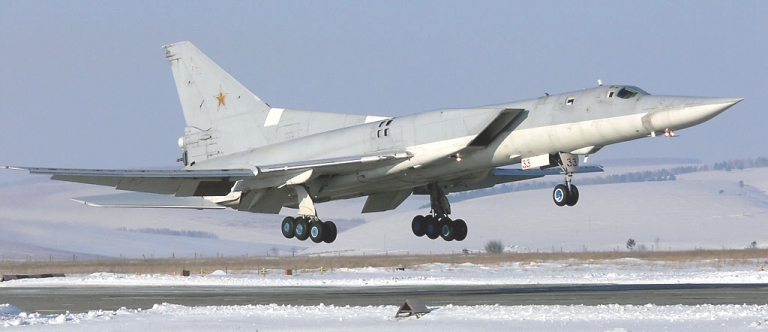 The Tupolev Tu-22M3 Backfire C is in a class of its own. In conceptual terms, it could best be considered a larger supersonic equivalent to the RAF's 1960s V-bombers, armed with a more evolved equivalent to the RAF's Avro Blue Steel Mk.1 supersonic standoff missile. The Backfire remained in production until 1993, and given low flying hours, the extant Russian fleet is largely younger in airframe hours than the US B-1B Lancer fleet. |
|||||||||||||||||||||||||||||||||||||||||||||||||||||||||||||||||||||||||||||||||||||||||||||||||||||||||||||||||||||||||||||||||||||||||||||||||||||||||||||||||||||||||
|
Introduction With the recent public exposure of the PLA's Xian H-6K turbofan powered Badger cruise missile carrier it is clear that the PLA is moving ahead with its planning for a strategic bomber fleet with more reach than the legacy H-6 Badger variants, under the auspices of the "Second Island Chain Strategy". Off the shelf candidates for this fleet include upgraded surplus Russian Air Force Tu-22M3 Backfire C and Tu-95MS Bear H aircraft, and new build Tu-160 Blackjacks, as well as the indigenous and smaller H-6K. In 2005 the Chief of Air Staff of the Russian Air Force observed, in relation to the Backfire and Bear, that surplus aircraft should be exported to China. In terms of time to deployment and acquisition cost, the
Backfire is strong contender in any competitive flyoff between
these types. To best
appreciate the potential strategic impact of the
Backfire upon this region APA will explore the
capabilities and further growth potential of the aircraft in more
detail. 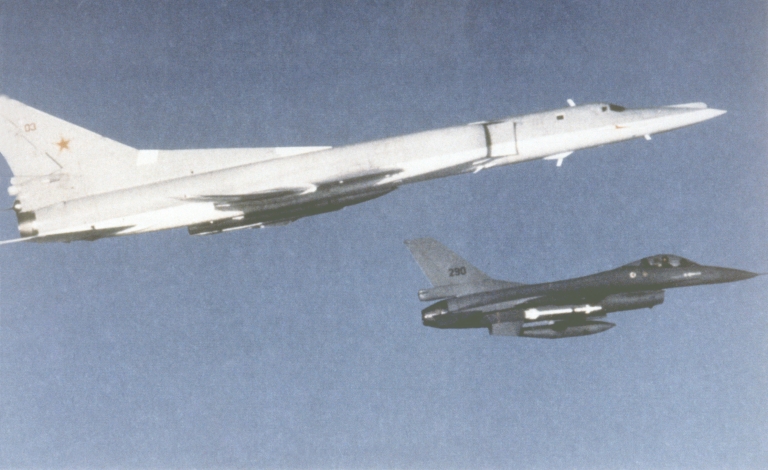 The
underpowered Tu-22M2
Backfire B was
the first production model, of
which over 200 were built (US DoD).
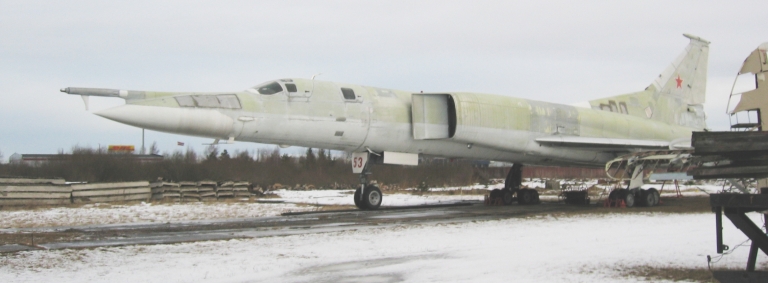
The Tupolev Tu-22M3 Backfire C The latest variant of the Backfire is the third generation Tu-22M3 Backfire C model, which remained in production until 1993. The earliest origins of the Backfire were in the earlier Tu-22 Blinder, a Russian analogue to the US B-58 Hustler. Inferior to the B-58, the Soviet air staff sought a significantly more capable design. After much research and internal argument during the mid 1960s, the Tu-22M designation was allocated to a largely unique design. The first Backfire variant was the Tu-22M-0 subtype, using an F-4 Phantom like inlet arrangement, long inlet tunnels, a variable geometry wing, and B-1A-like side by side seating, unlike the tandem Tu-22 Blinder. A pair of NK-144-22 afterburning fans, common to the Tu-144 Concord-ski were employed. The embryonic Backfire inherited the single centreline Raduga Kh-22/AS-4 Kitchen [More ...] supersonic standoff missile as its primary weapon. Flight testing progressed concurrently with low rate initial production, but only 10 were built by late 1972. Dissatisfaction with the baseline Backfire led to an extensive rework of the design, under the designation Tu-22M-1 or Backfire A. Aerodynamics were refined, 6,500 lb of weight removed, span was increased by 60 inches and the speedbrake was relocated. The Backfire A was also a disappointment, and only 9 were built by late 1972. Yet another cycle of redesign work followed, producing the
Tu-22M-2 or Backfire B designated article 45-02, the first mass
production variant. It was around 3,000 lb lighter than the Backfire A,
and powered by a pair of new NK-22 engines. With more thrust, the
Backfire B could lift up to 24 tonnes of weapons, including a payload
of three Kh-22/AS-4 Kitchen missiles. The aircraft carried a tail
turret with paired NR-23 guns, a PRS-3 Argon-2 ranging radar and TV
remote gunsight. The PNA-B Rubin / Down Beat attack radar was designed
to provide over 300 degree coverage emulating the HP Victor
installation, and was supplemented by a ventral remote TV bombsight
arranged like that in the Avro Vulcan. Dal'naya Aviatsia IOC was
achieved in 1974, with AV-MF naval aviation regiments receiving their
Backfire Bs in 1976. By the end of production in 1983, no less than 211
examples were built.  Tupolev
Tu-22M3
Backfire
C. 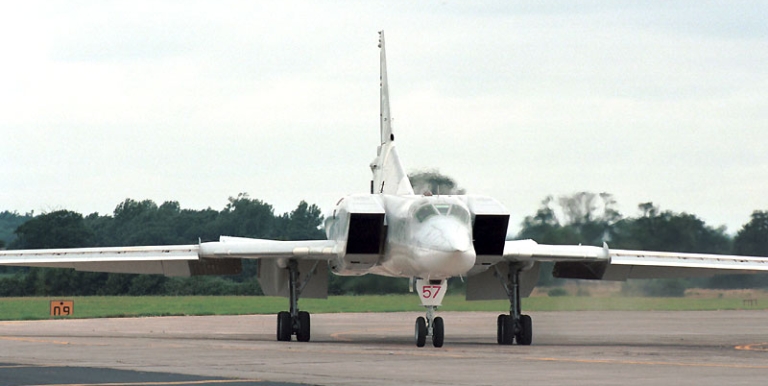 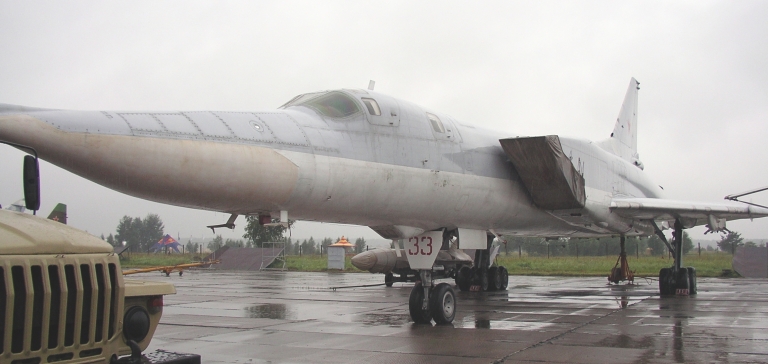 The underpowered Backfire B was considered inadequate and
design work commenced early on the improved Tu-22M3 or Backfire C
designated Article 45-03, which first flew in 1977, following trials of
the more powerful NK-25 engine in a Backfire B airframe. The redesign
was extensive, including some use of titanium structure to further
reduce empty weight, and was led by the Tupolev Bureau's Deputy Chief
Designer Boris E Levanovich. The most visible change were the adoption
of F-15 style ramped inlets, and revised auxiliary inlets. Less visible
were changes to the wing design, permitting a 65 degree sweep, more
than earlier variants. The reshaped and stretched nose incorporated a
revised refuelling probe design. Further changes were made to the
vertical tail, undercarriage, defensive gun package and avionics.
During the mid-1990s the author discussed the Tu-22M3 with Levanovich,
who was adamant that the production aircraft had a hi-hi-hi combat
radius of 4,000 km (2,160 NMI) with a payload of three Kh-22M/AS-4
missiles, well in excess of then current Western estimates.
Detector
aperture
for
the L-082 MAK-UL
series infrared MAWS, here installed on a Bear H (© Miroslav Gyűrösi).
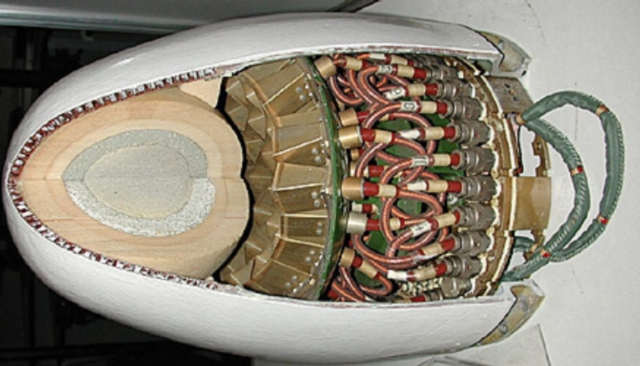 Emitter array for internal SPS-171/172 electronically steerable jammer, depicted in podded configuration (KNIRTI).
Terminal hard kill defensive capability in the aft sector is provided by a UKU-9A-802 tail barbette, fitted with a single GSh-23 gun, and directed by an improved PRS-4KM Kripton / Box Tail ranging radar and remote TV camera.
Avionic improvements were no less extensive. The Avtomat 3
Radar Warning Receiver was fitted, with an internal variant of the
KNIRTI SPS-171/172 Sorbstiya wideband phased array jammer (refer image)
and the AG-56 automated nosie generator also carried. The SPS-171/172
is claimed to provide noise and
deception jamming modes, and is available podded as the L-005 for the
Su-27/30. The
UKU-9A-802 tail barbette was fitted with a single GSh-23 gun, supported
by an
improved PRS-4KM Kripton / Box Tail ranging radar and remote TV camera.
Ventral and dorsal infrared L-082 MAK-UL series Missile Approach
Warning System
(MAWS) turrets are fitted to many aircraft.
The ventral OBP-15T remote TV bombsight is used to target dumb bombs. The fairing for this device is well placed to fit an infrared imaging laser targeting system (RuAF). The earlier PNA-B attack radar was
replaced with an improved Leninets PNA-D, which includes Doppler beam
sharpening and terrain avoidance modes for low level penetration, there
are no reports of the Sopka Terrain Following Radar (TFR) used in the
Tu-160
fitted to Backfires. The SMKRITs (RORSAT Targeting Datalink
Receiver) is fitted, using a Molniya satcom link. The Groza
OBP-15T TV remote optical bombsight
common to the Tu-160 was used. The centreline Kh-22 store is carried semi-conformally, with sculpted bomb bay doors to accommodate the weapon. The bomb bay rotary launcher is otherwise used for a range of weapons (US DoD).
Outboard glove station BD-45K/F adaptors are used to carry a pair of external Kh-22 rounds, but can be replaced with bomb racks for up to 3 tonnes of free fall bombs. (via Wikipedia). 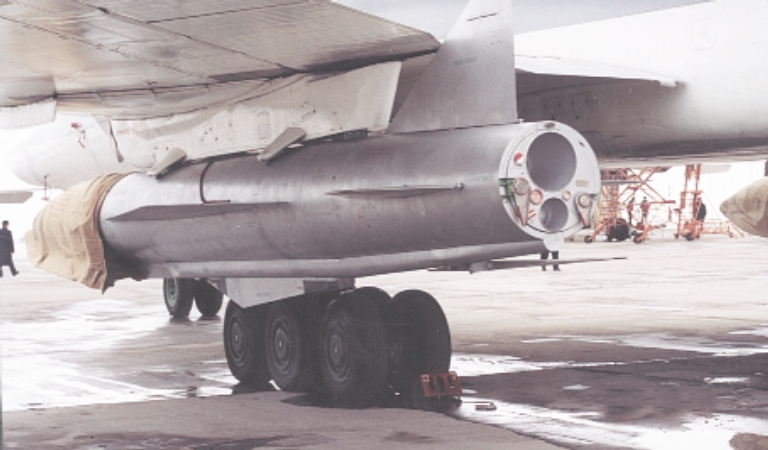
The weapons suite for the Backfire C reflects its late Cold
War Soviet tasking. The primary weapon for AV-MF naval Backfires were
anti-shipping, anti-radiation and nuclear variants of the very
formidable Raduga
Kh-22 Burya / AS-4 Kitchen [More ...].
Anti-radiation and nuclear variants were also
carried by Dal'naya Aviatsia Backfire C aircraft as defence suppression
weapons. The Backfire bomb bay can be fitted with doors which have
contoured recesses to fit a centreline conformal Kh-22 round on a
BD-45F adaptor. Two
external rounds can be carried on BD-45K adaptors, mounted on the
outboard glove hardpoints.
The
Kh-15 /
AS-16 Kickback is the Russian equivalent to SAC's AGM-69 SRAM. Note the
maritime strike CONOPS using offboard targeting provided by the
Tu-95RTs Bear D Uspekh / Big Bulge X-band surveillance and targeting
radar (via Warfare.ru).
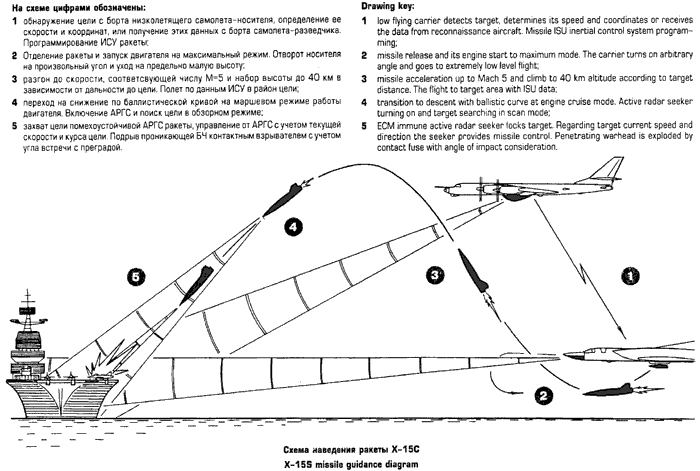 The bomb bay can also be fitted with an MKU series rotary launcher for six Kh-15 / AS-16 Kickback nuclear or conventional armed defence suppression missiles, a Soviet analogue to the US AGM-69A SRAM carried by the FB-111A and B-52H. Four additional rounds can be carried on the outboard glove stations, and inboard ventral inlet tunnel stations, for a total of 10 weapons. Like US heavy bombers in the era predating precision bombs, the Backfire C can also carry a large payload of dumb bombs. External beam ejector racks can be fitted to the outboard glove stations and inboard ventral inlet tunnel stations, each carrying 9 x FAB-250 500 lb dumb bombs, which including the 24 round bomb bay stations permits carriage of up to 69 FAB-250 rounds, more than the Mk.82 payload of the B-52H. The external stations can also be used to carry paired FAB-1500 3,000 lb dumb bombs, for a total of 8 rounds. The maximum weapons payload is usually cited at 24 tonnes. In terms of performance the Backfire C is best described as a 124 tonne 'oversized F-111', carrying around 120,000 lb of internal fuel, with Mach 2 class dash speed and a combat radius between 2,000 and 2,500 nautical miles, subject to weapon payload and profile. Eastern European sources claim that low level penetration profiles can be flown, in addition to the 'classical' high altitude supersonic profile. Tupolev data indicates that the aircraft is compatible with any runway capable of supporting a later 767 variant. The Tu-22M3 remained in production until 1993, and various sources claim that up to 268 units were built. As IOC was achieved in 1989 and operational flying rapidly curtailed after 1991, the average number of fatigue hours accumulated by the Backfire C fleet is very low, especially for the last aircraft built, which have a calendar age of only 14 years. US sources currently put Russian Air Force inventory numbers at 105, Russian Naval Aviation numbers at 105, and Ukrainian Air Force numbers at 14 (with 16 Backfire B).
Comparison
of the Backfire C against the F-111, Tu-160 Blackjack and Tu-95MS Bear H
This chart compares the strategic punch of the Backfire against tanker supported F-111s. To strategically balance a dozen Backfires requires two dozen F-111s and a dozen supporting KC-30B/A330-200MRTT tankers. Without the F-111, the number of F/A-18As or JSFs is effectively doubled, and tanker demands are nearly doubled. Should useful numbers of Backfires arrive in the region, the current plan for the RAAF's force structure will result in a strategically irrelevant RAAF strike capability (Author).
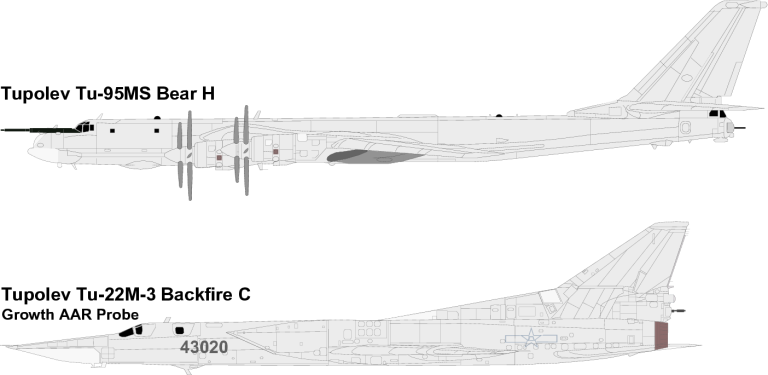
Backfire C Growth Paths Sources in Eastern Europe observe that the Russian Air Force has planned for some time to equip the Backfire C with a conventional precision weapons capability, emulating the current trend pursued with the US heavy bomber fleet. There are no reports as yet that this has materialised, due to the parlous budgetary situation the Russians face. With experience from the glass cockpit Su-27SKM and more recent Su-35BM MLU package design, there would be no issues for Russian designers in retrofitting a glass cockpit. It is very unlikely that Russia would agree to export the
Kh-55 / AS-15
Kent strategic cruise missile or the Kh-15A/R/S / AS-16 Kickback or
SRAM-ski as
part of an export package, although an anti-ship Kh-65 has been offered
for export. It is known that the PLA acquired samples of the Kh-55SM
via the Ukraine earlier in the decade. Conventional variants of the Kh-22 were apparently offered to India and would not present any major issues for export. Indeed, as the PLA-AF and PLA-N both operate variants of the Styx/Silkworm which use a closely related rocket engine and the same propellants, the Kh-22 would be very easy for the PLA to support and operate. We should not be surprised if the PLA opts to licence build the Kh-22 as it could be rapidly assimilated given the infrastructure to manufacture the C-601/611. The Kh-22 remains a formidable anti-shipping weapon and with precision guidance, an extremely potent land attack weapon. Integration of the 1,000 lb KAB-500L and 3,000 lb KAB-1500L
Paveway-ski laser guided bombs would be relatively simple, exploiting
hardware for the FAB-1500. Adaptation of the existing nine round
FAB-250 rack to carry six KAB-500 is feasible. A thermal imaging laser
targeting pod like the Sapsan-E could be carried externally, but also
repackaged into the existing bombsight fairing under the flight deck,
exploiting the extant Weapons Officer's display for the remote OBP-15T
bombsight. The latter arrangement offers lower drag and a better field
of regard, but would require additional infra-red transmissive window
integration, yielding similar packaging to the JSF EOTS. Such as
arrangement is likely to be attractive as it doubles up as a day/night
thermal imaging sight to replace the OBP-15T, and with further
integration via a HUD could provide a night penetration capability. Clearance of the fire-and-forget KAB-500/1500Kr GBU-8-ski would present little difficulty, but inflight retargeting would require wiring additions to the glove and ventral inlet stations. The KAB-1500TK GBU-15-ski would require integration of the APK-9 Tekon pod, already carried by the Su-30MKK and Su-27SKU. The new GPS/Glonass aided inertially guided KAB-500S-E 'JDAM-ski' based on the KAB-500 kit is currently being integrated on the Su-27SKM, Su-30MK and Su-35BM, with KAB-1500S-E integration now planned. These weapons would require software and wiring changes to integrate, and would essentially replicate the capabilities of the JDAM on US heavy bombers. There are no fundamental obstacles to integrating the KAB
family weapons on the Backfire C, and the prospect of the PLA funding
such prior wishlist developments is likely to be very attractive to the
cash strapped RuAF. Arguably this may have been the motivation behind
senior RuAF officers publicly advocating the export of the Backfire to
China. Indian sources claimed that the integration of the Kh-31/AS-17 Krypton series, adopted by the PLA-AF for the Su-30MKK, was a likely prospect for the planned and later cancelled Indian Backfire C lease. As an inventory weapon for the PLA-AF, it is another likely development. Similar claims were also made for the Kh-35U Kharpunski, and it also could be integrated for tandem carriage on suitable launchers. A variant of the existing bomb rack fitted with tandem AKU-58 launchers would easily accommodate both the Kh-31 and Kh-35U in a low drag configuration. It is to be expected that the PLA-AF would seek to carry its
planned ALCMs on the Backfire C. As these weapons are similar in size
and
weight to the FAB/KAB-1500 series, a similar external carriage
arrangement is to be expected. As the Chinese weapons will have unique
software requirements, it would likely be a later rather than earlier
addition to any export aircraft. 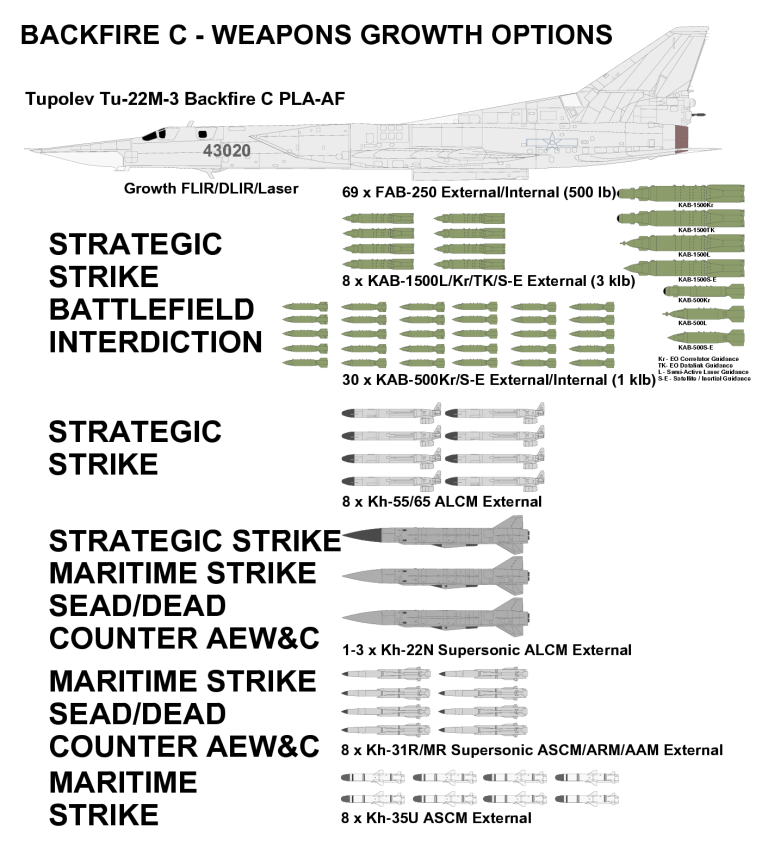
The PLA-AF already operates the podded L-005 Sorbtsiya and it
is likely that a block upgrade of the SPS-171/172 jammer would be
performed to bring them to a similar configuration. This would provide
considerable commonality in the support base, and in programming
jamming modes into the embedded firmware. If a laser targeting system is fitted, there will be little
near term pressure to upgrade the attack radar system. The current
state of Russian multimode radar development is best exemplified by the
Leninetz B004 phased
array in the Su-34 Fullback, and the
Tihkomirov NIIP BARS and
newer Irbis E in the Su-30MK/35BM Flankers, all of which have
Ground/Maritime Moving Target Indicator and
Synthetic Aperture Radar high resolution mapping capabilities. A block
upgrade of the PNA-D signal and data processors vs replacement with a
derivative Su-30 radar would present an interesting dilemma for PLA-AF
planners. The stabilised gimbal and large radome volume present
considerable flexibility for retrofits. Of the choices available, the
most ambitious would clearly involve integrating a gimballed variant of
the Fullback's B004. It is abundantly clear that the PLA-AF would have a wide range of options in avionic block upgrades and weapons upgrades for the Backfire C.
|
|||||||||||||||||||||||||||||||||||||||||||||||||||||||||||||||||||||||||||||||||||||||||||||||||||||||||||||||||||||||||||||||||||||||||||||||||||||||||||||||||||||||||
|
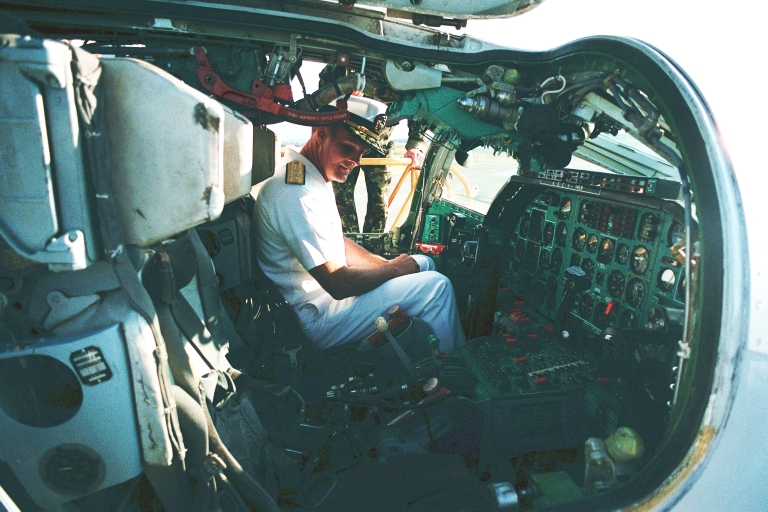  Above:
Aft
Offensive
and
Defensive Systems Operator stations. Below: crew
access hatches (via airforce.ru).
|
|||||||||||||||||||||||||||||||||||||||||||||||||||||||||||||||||||||||||||||||||||||||||||||||||||||||||||||||||||||||||||||||||||||||||||||||||||||||||||||||||||||||||
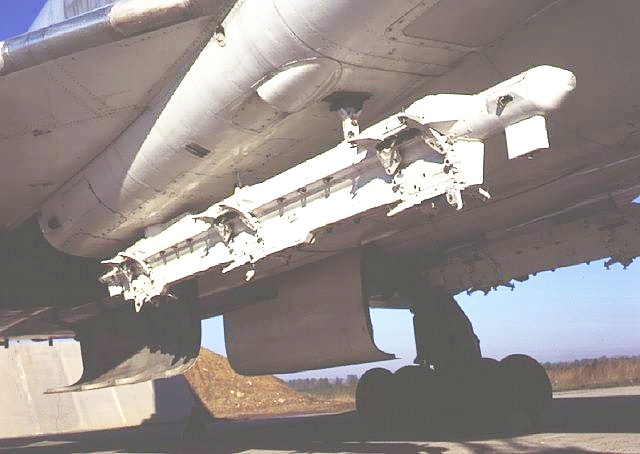 A nine station MER is used to carry the 500 lb class FAB-250 demolition bomb. 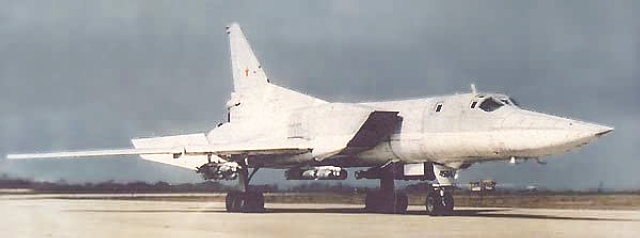 |
|||||||||||||||||||||||||||||||||||||||||||||||||||||||||||||||||||||||||||||||||||||||||||||||||||||||||||||||||||||||||||||||||||||||||||||||||||||||||||||||||||||||||
Footnote: The Kh-22 Burya was a
contemporary of the Avro Blue Steel Mk.1 carried by Victors and Vulcans
of RAF Strike Command. The Soviet missile was however larger, faster
and longer ranging, and evolved across a range of roles and missions
unlike the British missile, limited to nuclear strike [More ..].
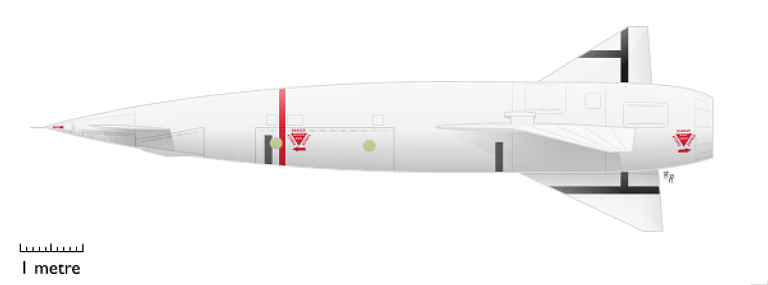 Avro
Blue
Steel Mk.1 (Image
via
Wikipedia).
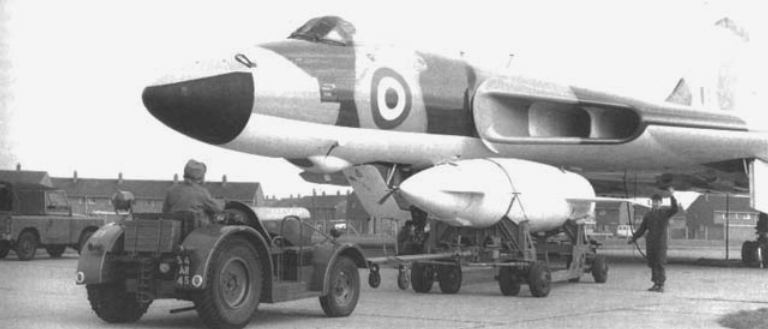 Avro
Blue
Steel Mk.1 and Avro Vulcan.
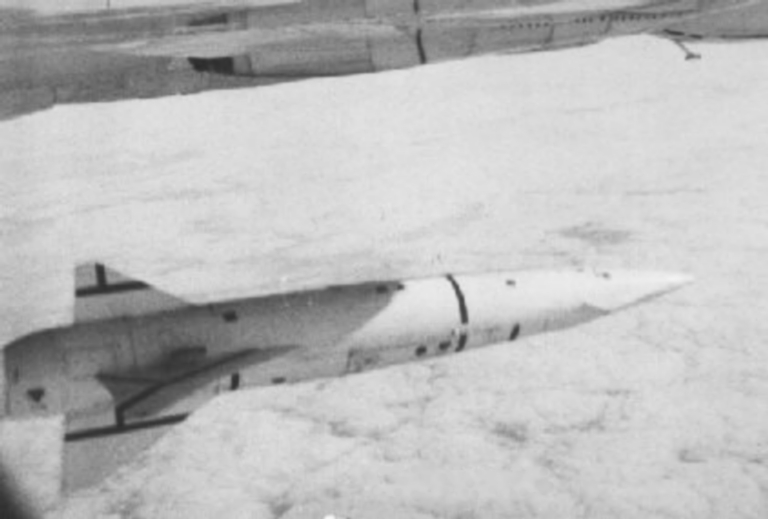 Launch of a Blue Steel Mk.1 from an RAF V-bomber. |
|||||||||||||||||||||||||||||||||||||||||||||||||||||||||||||||||||||||||||||||||||||||||||||||||||||||||||||||||||||||||||||||||||||||||||||||||||||||||||||||||||||||||
|
Tu-22M3 Backfire C MAKS 2005 Tupolev Bureau Images 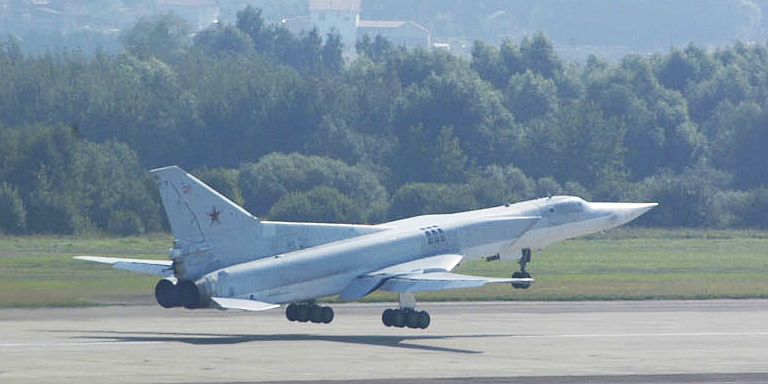 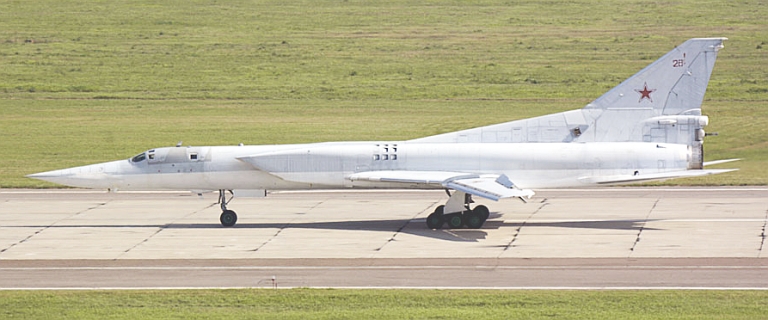  |
|||||||||||||||||||||||||||||||||||||||||||||||||||||||||||||||||||||||||||||||||||||||||||||||||||||||||||||||||||||||||||||||||||||||||||||||||||||||||||||||||||||||||
Imagery Sources: US DoD, Russian MoD; other Internet sources.  |
|||||||||||||||||||||||||||||||||||||||||||||||||||||||||||||||||||||||||||||||||||||||||||||||||||||||||||||||||||||||||||||||||||||||||||||||||||||||||||||||||||||||||
|
References:
|
|||||||||||||||||||||||||||||||||||||||||||||||||||||||||||||||||||||||||||||||||||||||||||||||||||||||||||||||||||||||||||||||||||||||||||||||||||||||||||||||||||||||||
|
Technical Report APA-TR-2007-0701 |
|||||||||||||||||||||||||||||||||||||||||||||||||||||||||||||||||||||||||||||||||||||||||||||||||||||||||||||||||||||||||||||||||||||||||||||||||||||||||||||||||||||||||
|
|||||||||||||
![Sukhoi PAK-FA and Flanker Index Page [Click for more ...]](APA/flanker.png) |
![F-35 Joint Strike Fighter Index Page [Click for more ...]](APA/jsf.png) |
![Weapons Technology Index Page [Click for more ...]](APA/weps.png) |
![News and Media Related Material Index Page [Click for more ...]](APA/media.png) |
||||||||||
![Surface to Air Missile Systems / Integrated Air Defence Systems Index Page [Click for more ...]](APA/sams-iads.png) |
![Ballistic Missiles and Missile Defence Page [Click for more ...]](APA/msls-bmd.png) |
![Air Power and National Military Strategy Index Page [Click for more ...]](APA/strategy.png) |
![Military Aviation Historical Topics Index Page [Click for more ...]](APA/history.png)
|
![Information Warfare / Operations and Electronic Warfare Index Page [Click for more ...]](APA/iw.png) |
![Systems and Basic Technology Index Page [Click for more ...]](APA/technology.png) |
![Related Links Index Page [Click for more ...]](APA/links.png) |
|||||||
![Homepage of Australia's First Online Journal Covering Air Power Issues (ISSN 1832-2433) [Click for more ...]](APA/apa-analyses.png) |
|||||||||||||
| Artwork, graphic design, layout and text © 2004 - 2014 Carlo Kopp; Text © 2004 - 2014 Peter Goon; All rights reserved. Recommended browsers. Contact webmaster. Site navigation hints. Current hot topics. | |||||||||||||
|
Site Update
Status:
$Revision: 1.753 $
Site History: Notices
and
Updates / NLA Pandora Archive
|
|||||||||||||
|
|
Tweet | Follow @APA_Updates | |||||||||||
|
|
|||||||||||||
|
|
|||||||||||||
![F-111 Aardvark Index Page [Click for more ...]](APA/f-111.png)
![F/A-18 Hornet and Super Hornet Index Page [Click for more ...]](APA/fa-18a.png)
![Aerial Refuelling and Airlift Capabilities Index Page [Click for more ...]](APA/aar-lift.png)
![Directed Energy Weapons and Electromagnetic Bombs Index Page [Click for more ...]](APA/dew.png)
![Notices and Updates Index Page [Click for more ...]](APA/notices-128.png)
![APA NOTAM and Media Release Index Page [Click for more ...]](APA/notams-128.png)
![APA Research Activities and Policy / Technical Reports Index [Click for more ...]](APA/research-128.png)
![Search Air Power Australia Website [Click for more ...]](APA/search-128.png)
![Briefings and Submissions - Air Power Australia [Click for more ...]](APA/briefs-128.png)
![Air Power Australia Contacts [Click for more ...]](APA/contacts-128.png)
![Funding Air Power Australia [Click for more ...]](APA/funding-258.png)
